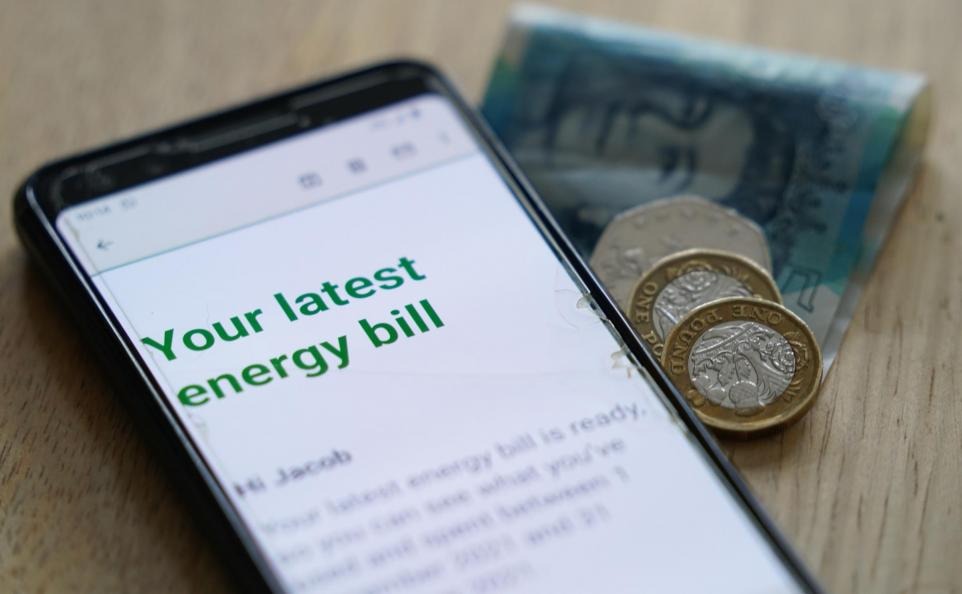Energy prices: Three ways to tackle the energy affordability crisis
10 July, 2023

Last week was so-called ‘Meter Reading Week’ when consumer experts urged people to submit up-to-date readings in the hope of benefiting from the new energy price cap.
Even for people who heeded that advice, though, the impact of providing accurate readings was likely to be minimal in the bigger picture.
The current state of play in the energy market means that the steps individual consumers can take to mitigate against unaffordable costs are limited. Switching providers to get a cheaper deal isn’t the solution it used to be.
Wholesale prices may be starting to fall, but household bills are expected to remain around double the level of even just a few years ago.
That’s why we’ve been calling for the introduction of a social tariff as part of a lasting and far-reaching solution to the energy affordability crisis.
A social tariff is effectively a discounted energy bill for qualifying households, often those on low incomes. Importantly, this isn’t some sort of new or abstract concept – social tariffs exist for other services like broadband and telecoms. Some suppliers in the UK even offered social tariffs on energy before the introduction of the price cap. In our view three principles should underpin the design of a new social tariff for energy.
First, it should be targeted. People on low incomes or with unavoidably high energy usage should be the primary beneficiaries.
This could be based on some kind of information-sharing between government data sources and energy companies to identify consumers who are known to be struggling.
Second, a social tariff should be automatic.
No one should have to struggle or jump through hoops to receive it. Eligible consumers should be auto-enrolled to avoid barriers to take-up, and this should be mandatory across all suppliers.
Without auto-enrolment take-up rates are likely to be low. Our experience of the benefit system is that many people don’t claim their entitlements because they deem it too complicated or they simply don’t know about them. And take-up rates of social tariffs in other markets which don’t have auto-enrolment are exceptionally low – 97% of eligible households have not yet taken advantage of available social tariffs for broadband and telecoms.
And third, the tariff should be additional. Re-packaging and re-labelling existing support would be an ineffective response to the affordability crisis. Because we know that the previous package of support was inadequate – particularly for groups such as disabled people who are more likely to be in poverty and exposed to higher costs.
Despite that, people on disability benefits received just £150 targeted energy support in 2022/23, with another £150 being provided for 2023/24. When considering policy interventions, we can often test the necessity to act by imagining the counter-factual of not doing something.
We don’t need to do that here. We’re seeing it already.
It’s a situation where debt is inescapable for many; where people are living in situations where money runs out and the lights go off; the heating stays off; the fridge goes off; so your food goes off. That’s a broken market. That’s unsustainable and unacceptable.
And that’s why a social tariff is needed, but moreover, why the design of it must be ambitious and progressive to meet the scale of the energy affordability crisis.
Useful Links:
Source: www.heraldscotland.com
